In a surprise move, India’s central bank, the Reserve Bank of India, on Tuesday freed commercial banks to determine the interest rates on savings accounts for the first time in 34 years. Since 1977, a time that was the halcyon days of Indian socialism, the R.B.I. had determined the rates banks paid on savings deposits, last set at 4 percent earlier this year.
Within hours of the central bank’s announcement, one scrappy, young firm, Yes Bank, had declared it was raising its savings rate to 6 percent in a blatant effort to attract customers. Large banks like State Bank of India and HDFC Bank that stand to lose customers to the younger upstarts, not surprisingly, played down the impact of the change and said they would not immediately revise their rates.
Rana Kapoor, the chief executive of Yes Bank, was effusive Wednesday about the changes the R.B.I. announcement would usher in. He said competition among banks on interest rates would end an era of “lazy banking,” when bankers sat in their air-conditioned offices and waited for customers to walk in and hand them their money. Lured by higher rates and better service, he said, Indians would save more and put more of their savings in banks, which could then be used to finance infrastructure and industry.
“Let’s face it, anywhere between one-third to 45 percent of the savings are not in the banking system,” he said. “And the savings propensity is sluggish, around 30 to 35 percent. We need savings propensity to rise to 40 to 45 percent in this decade.”
While Mr. Kapoor’s prediction may seem aggressive, he is on solid ground when he speaks about the state of Indian savings. India’s savings amount to 33.7 percent of its gross domestic product. That is relatively high by world standards though lower than China, which at saves 50 percent of its GDP; many economists argue China should save less and spend more.
More worrying for India, however, is that about half of its household savings are “physical savings” — investments in items such as gold coins, jewelry and precious stones. The other half of savings is placed in the financial system, according to a recent Citigroup research report.
Mr. Kapoor and others believe that higher interest rates can provide the necessary stimulus to get Indians to put their money into banks. After all, 100,000 rupees ($2,000) at 6 percent would generate 6,000 rupees a year, about 2,000 rupees more than what a depositor would get at 4 percent.
One economist, Surjit Bhalla, said the deregulation of the savings account interest rate should qualify as a significant policy reform. “That’s one of the biggest steps that I have seen Indian policy makers make in the last decade,” said Mr. Bhalla, who heads Oxus Investment, a research and investment firm in New Delhi.
But as I reported a few weeks ago, about half of all Indian households do not have bank accounts, primarily because they live too far from a bank branch. Efforts are under way to reach these people with roving bank agents but covering the whole country will take time.
Mr. Rana believes even those obstacles can be overcome through the use of cheaper A.T.M.s and biometric technology. And, he said, banks like his are also opening hundreds of new branches a year. (Yes Bank currently has 325 branches and expects to have more than 500 next year.) The R.B.I. on Tuesday proposed that banks should be able to open new branches without getting its permission in towns with populations less than 100,000.
One added — perhaps unintended — benefit of higher savings rates, Mr. Rana said, would be higher deposits by Indians living abroad. With the rupee currently trading at nearly 50 to the dollar, many expatriates may jump at the chance of sending money home to earn 6 percent interest when savings rates in many American and European banks are at or below 1 percent.
“At 6 percent, people start looking at it very seriously, particularly at the current dollar-rupee exchange rate,” Mr. Kapoor said. “There is more upside than downside.”
Source- NYT




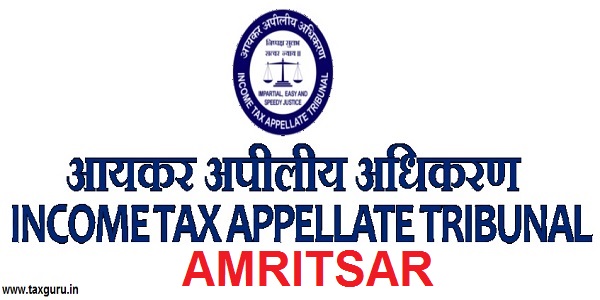
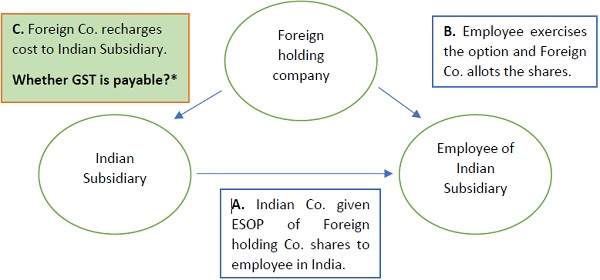
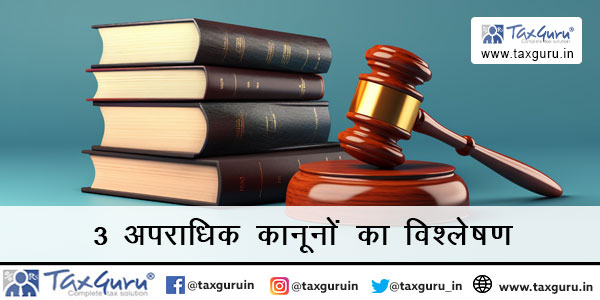







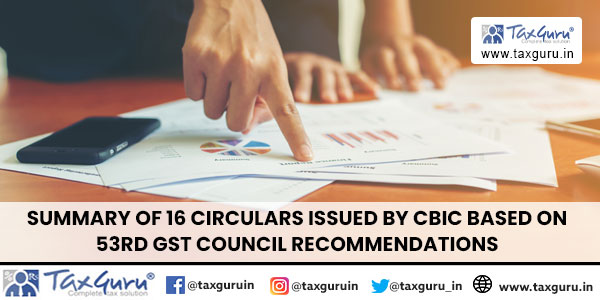

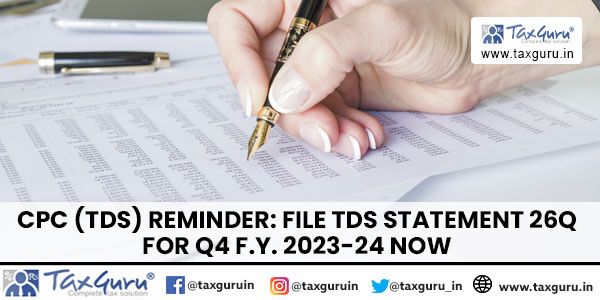












Hi,
I agree RBI should ideally set a minimum rate for the savings bank account if this deregulation is taking place. This would ensure that the account holders should get at least a specified chunk of the profit they are earning using the amount in SB accounts. But I’m surprised where the big players like HDFC, SBI and ICICI; no news from their side. If its turn to increase the lending rates they do with immediate effect but this time they are putting the things under cover.
This move by RBI to free the SB interest rates from its regulation, will in the long run be a win-win situation for the Indian banking customers
In the short run, as is normal there will be hiccups
cheers
goo.gl/eeFFe